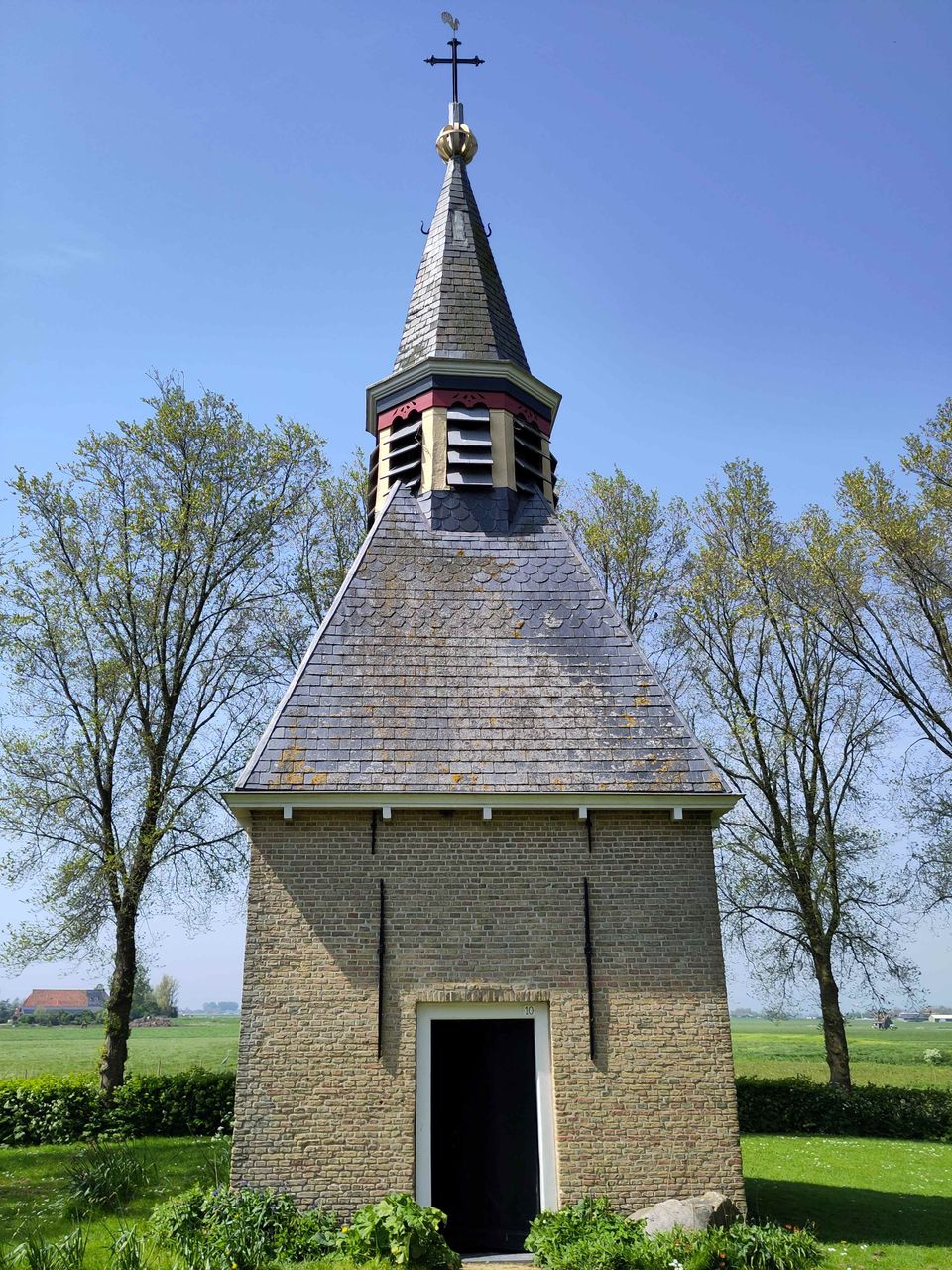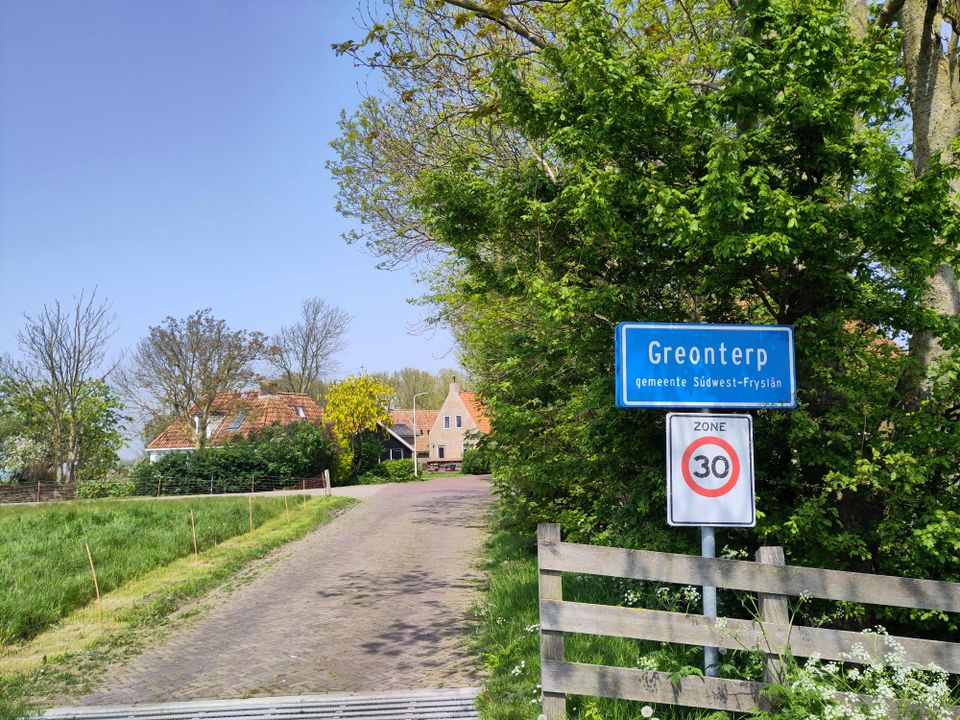In de sporen van Gerard Reve | Fietsroute
Gerard Reve, één van De Grote Drie schrijvers van de Nederlandse literatuur in de twintigste eeuw, beleefde van 1964 tot 1971 in Friesland ‘de gelukkigste tijd van zijn leven’. Ontdek met deze fietstocht hoe hij leefde in Greonterp en omgeving.
Reve woonde in Greonterp en kwam vaak in café De Freonskip in Blauwhuis. Ook bezocht hij HCR De Watersport in Heeg, zoals genoemd in het gedicht Herkenning, dat daar in 2023 (in Reves 100ste geboortejaar) een plekje op de schouw heeft gekregen.
De Revefietstocht is 25 kilometer en gaat vanaf HCR De Waterspo…
Gerard Reve, één van De Grote Drie schrijvers van de Nederlandse literatuur in de twintigste eeuw, beleefde van 1964 tot 1971 in Friesland ‘de gelukkigste tijd van zijn leven’. Ontdek met deze fietstocht hoe hij leefde in Greonterp en omgeving.
Reve woonde in Greonterp en kwam vaak in café De Freonskip in Blauwhuis. Ook bezocht hij HCR De Watersport in Heeg, zoals genoemd in het gedicht Herkenning, dat daar in 2023 (in Reves 100ste geboortejaar) een plekje op de schouw heeft gekregen.
De Revefietstocht is 25 kilometer en gaat vanaf HCR De Watersport in Heeg via Gaastmeer en Oudega langs de Oudegaaster Brekken naar Greonterp (90 inwoners). In het dorp is na Doarpswei 20 links een klein klinkerpaadje. Dat moet je in. Je komt dan bij de Klokkenstoel uit en links, nummer 16 is 'Huize het Gras'. Het huisje waar Gerard Reve zeven jaar woonde met Woelrat (Henk van Manen) en Teigetje (Willem Bruno van Albada). Beiden waren tijdens Reves jaren in Greonterp zijn partners. Later zijn zij modeontwerpers van kleding en textiel geworden met een eigen label (Teigetje & Woelrat). Zij werken vanuit hun atelier in Amsterdam-Osdorp, waar ook een bescheiden Revemuseum ondergebracht is.
De klokkenstoel kun je bezoeken. Hier beleef je het werk van de schrijver. O.a. het gedicht 'Graf te Blauwhuis', dat Reve schreef over Gerrit Rijpma. De schrijver woonde naast zijn zus en voelde zich diep geraakt door het verhaal.
Na Greonterp fiets je verder langs Blauwhuis. Bij knooppunt 12 bevindt zich links het café dat hij vroeger geregeld bezocht: Café De Freonskip.
Sla rechtsaf richting Westhem. Je komt langs de grote RK St.-Vituskerk van Blauwhuis (aan je linkerkant), waar traditioneel op 15 augustus, de datum van Maria Tenhemelopneming, Werk en Leven van Gerard Kornelis van het Reve herdacht wordt.
Via Westhem fiets je terug naar Heeg. De fietstocht volgt de fietsknooppunten.
Gerard Reve
Gerard Reve (1923 - 2006), geboren als Gerard Kornelis van het Reve, is als schrijver en dichter bekend geworden door De avonden (1947), Op weg naar het einde (1963) en Nader tot U (1966). Samen met Harry Mulisch en Willem Frederik Hermans wordt hij tot De Grote Drie van de naoorlogse Nederlandse schrijvers gerekend.
"Als er wel wolken maar geen wind is
wordt de hemel een sluier van stilte,
en daalt er iets neer dat veel lijkt op geluk."
- Gerard Reve, Eind Goed, Al Goed, 1965.
Sights on this route
De Watersport Heeg
Welkom bij Hotel-Cafe-Restaurant De Watersport Heeg. Gelegen in het centrum van Heeg, met een groot terras aan het water. Tevens beschikken wij over veertien luxe en functioneel ingerichte hotelkamers.
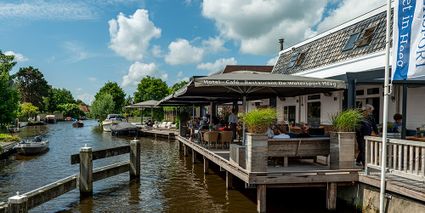
Klokkenstoel Greonterp
De klokkentoren van Greonterp is in 1822 gebouwd en bestaat uit een vierkanten stenen onderbouw met daarop een piramidevormige houten bovenbouw met klankborden en daarop een spitsje. Vergelijkbare klokhuizen staan in Hinnaard en Hartwerd.
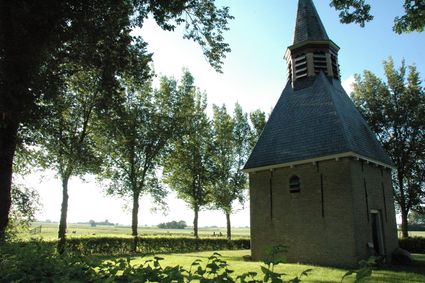
Graf te Blauwhuis
In het kleine dorpje Abbega en het naastgelegen buurtschap Abbegaasterketting verscholen zich tijdens de oorlog tientallen onderduikers. In februari 1945 bracht een razzia een schok teweeg in de kleine gemeenschap.
Graf te Blauwhuis
In het kleine dorpje Abbega en het naastgelegen buurtschap Abbegaasterketting verscholen zich tijdens de oorlog tientallen onderduikers. In februari 1945 bracht een razzia een schok teweeg in de kleine gemeenschap. Verzetsman Gerrit Rijpma, 18 jaar oud, werd daarbij dodelijk getroffen. De beroemde Nederlandse schrijver Gerard Reve, die van 1953 tot 1971 in het nabijgelegen Greonterp naast een zus van Gerrit Rijpma woonde, toonde zich diep geraakt door het verhaal van de jongste broer van zijn buurvrouw. Als eerbetoon aan Gerrit schreef hij het gedicht ‘Graf te Blauwhuis’.
Volgens getuigen woonden in Abbega en het naastgelegen buurtschap Abbegaasterketting net zoveel onderduikers als burgers. Onder hen waren Joodse onderduikers, spoorwegstakers, deserteurs en jonge mannen uit de omgeving die de dwangarbeid wilden ontlopen. Ook werden er wapens verborgen voor het verzet.
Abbegaasterketting lag naast de Bolswardervaart en was door de afwezigheid van verharde toegangswegen moeilijk bereikbaar. Er was door de bewoners bovendien een ingenieus alarmsysteem in werking gesteld: met een elektrische bel waarschuwde men elkaar bij onraad en elke nacht stonden twee onderduikers op wacht.
Op 8 februari 1945 om ongeveer half twaalf ’s ochtends klonk de alarmbel in het huis van de familie Rijpma. De broers Yp en Gerrit waren op dat moment aan het werk in de schuur.
Toen ze naar buiten liepen, zagen ze veel mensen in paniek wegrennen. Daarom besloten de broers om in een roeibootje de Bolswardervaart, die het buurtschap in twee stukken deelt, af te varen. Ze hoopten zich even verderop in een bocht van de vaart, achter het riet, in veiligheid te kunnen brengen. Onderweg pikten ze aan de andere kant van de vaart buurman Minze van der Veen en een onderduiker op. Inmiddels hadden de Duitse militairen, geholpen door leden van de Landwacht, de achtervolging ingezet en het vuur geopend op de vluchtende onderduikers. Minze van der Veen werd geraakt in zijn rechter elleboog. Gerrit werd drie keer geraakt: dwars door het lichaam, in zijn rug en door zijn wangen en gebit. Omdat de bezetters weigerden om te helpen, moest Yp zijn stervende broer alleen naar de boot dragen en naar een nabijgelegen boerderij brengen. Hulp van een buurtbewoonster, die verpleegster was, mocht niet meer baten. In allerijl werd kapelaan Stolwijk uit Blauwhuis opgetrommeld, die Gerrit het Heilig Oliesel gaf. Even daarna overleed hij. Hij werd begraven op de Katholieke Begraafplaats in Blauwhuis.
De beroemde Nederlandse schrijver Gerard Reve, die van 1953 tot 1971 in het nabijgelegen Greonterp naast een zus van Gerrit Rijpma woonde, toonde zich diep geraakt door het verhaal van de jongste broer van zijn buurvrouw. Als eerbetoon aan Gerrit schreef hij het gedicht ‘Graf te Blauwhuis’:
GRAF TE BLAUWHUIS (voor buurvrouw H., te G.) Hij rende weg, maar ontkwam niet, en werd getroffen, en stierf, achttien jaar oud. Een strijdbaar opschrift roept van alles, maar uit het bruin geëmaljeerd portret kijkt een bedrukt en stil gezicht. Een kind nog. Dag lieve jongen. Gij, die Koning zijt, dit en dat, wat niet al, ja ja, kom er eens om, Gij weet waarom het is, ik niet. Dat Koninkrijk van U, weet U wel, wordt dat nog wat?
In 1983 werden de stoffelijke resten van Gerrit Rijpma overgebracht van het kerkhof van Blauwhuis naar het Nationaal Ereveld Loenen.
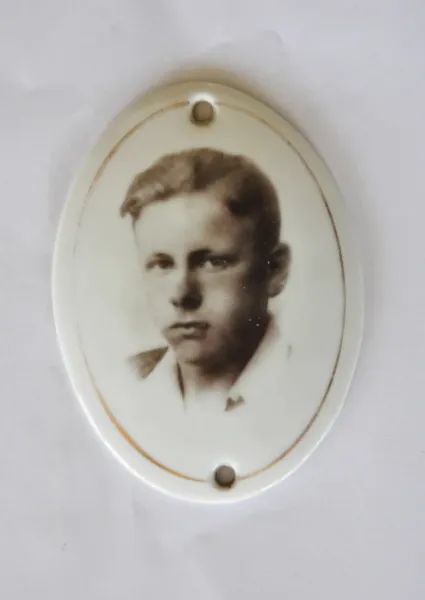
Huize het Gras
'Huize het Gras' was het huisje in Greonterp waar Gerard Reve zeven jaar woonde (1964 tot 1971) met Woelrat (Henk van Manen) en Teigetje (Willem Bruno van Albada).

Café Restaurant De Freonskip
Café Restaurant De Freonskip is een gezellig eetcafé in Blauwhuis.
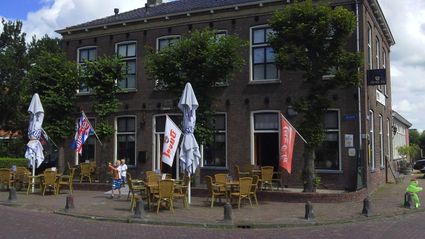
Sint-Vituskerk Blauwhuis
Een klein dorp met een grote kerk. Zij is als een baken in het Friese landschap. Bouwheer: Pierre J.H. Cuypers, zijn eerste opdracht in Friesland. Gebouwd 1868 - 1870.
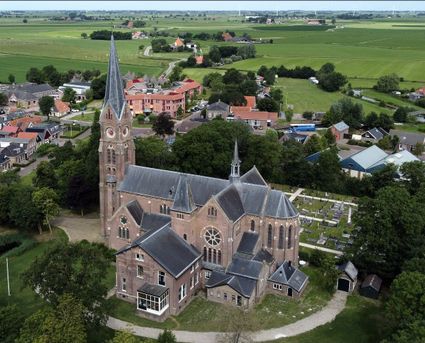
De Watersport Heeg
Welkom bij Hotel-Cafe-Restaurant De Watersport Heeg. Gelegen in het centrum van Heeg, met een groot terras aan het water. Tevens beschikken wij over veertien luxe en functioneel ingerichte hotelkamers.

- 34
- 33
- 32
- 31
- 15
- 14
- 12
- 30
- 29
- 39
- 37
- 36
- 35

